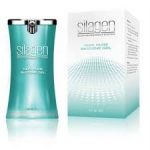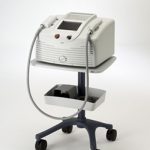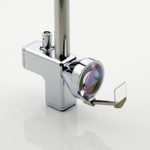Surgical incisions and the scars they create are a concern for many patients. Nowhere is this more true than in the plastic surgery patient. Because it is a cosmetic procedure, most people ask how to take care of new scar so that it ultimately looks as obscure as possible. This raises the important question of does anything one does early change how a scar may look later?
This may seem like a silly question with an obvious answer …of course it does! But such a simple answer belies a much more complex issue. How scars turn out is affected by a large number of factors including how the incision was made, is the wound closure under tension, how the incision was closed, age and race of the patient, skin type and thickness, and location on the body to name the major influencing factors. The interplay of all these factors will be responsible for how a scar looks.
These factors are so significant that, quite frankly, anything put on top of a scar or used to treat it from the outside after surgery is trivial by comparison. While time and the mature healing of the scar tissue plays the greatest influence in the ultimate appearance of a scar, there are a variety of things a patient can do to affect both the speed of scar fading and how it may eventually look.
But first, not all incisional scars made in plastic surgery will benefit from early scar therapy. Location of the scar determines the merits of treating it. Eyelid (blepharoplasty) incisions, for example, heal so well that any such treatments are not needed and are also impractical to apply. This also applies to many facial incision areas such as that of a rhinoplasty, browlift, ear surgery, and a chin implant. Once could debate about the scars that run around the ears in a facelift but the more visible frontal scar is worthy. Almost all body scars, particularly those from breast and abdominal surgery, will benefit.
Before any of these scar strategies are implemented, it is important that the incision be healed. This means no open areas, sores, or spitting sutures. The epithelium (outer layer of the skin) must be closed so that the deeper layers of the skin and the wound are protected. This is necessary to prevent trapping bacteria causing infection or impeding further healing. Delayed wound healing is one factor that is well known to adversely affect scar appearance. For most incisions, this will be around three (3) weeks but the completeness of healing may make that time frame longer or shorter.
Early scar treatment can involve one of three methods; a topical cream or solution, occlusive taping, and light energy therapies. While there are proponents for each approach, it is important to understand that there is no proven science that has yet shown one to be better than the other. Cost, availability, ease of use and plastic surgeon recommendations are as important, if not more so, than any advertisement or promotional material.

A wide variety of silicone gel sheeting, patches, and strips exist. Some can be cut into any shape and others come in preformed shapes that conform to breast and abdominal scars. Their use is more economical for the long scars that result from body surgery even though their ability to stay in place is more cumbersome than topical solutions. They also have the added value of applying some low-grade continuous pressure and occlusion, which may be of more value than any effect silicone may provide.


When should any of these prophylactic scar therapies be used? There is no exact answer but its benefits are best realized in the first three months after surgery as the scar tissue his forming and prone to being manipulated.
Dr. Barry Eppley
Indianapolis, Indiana


